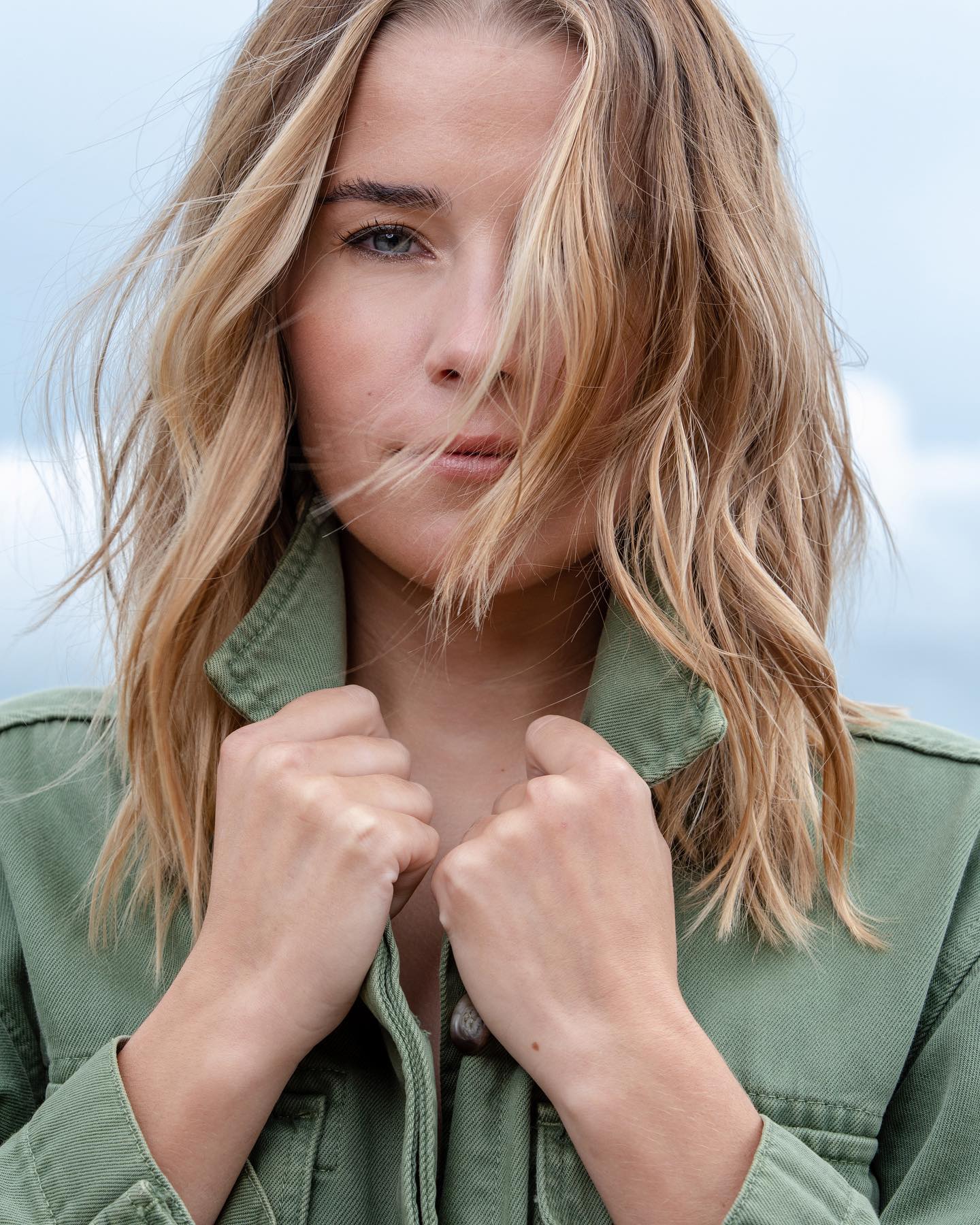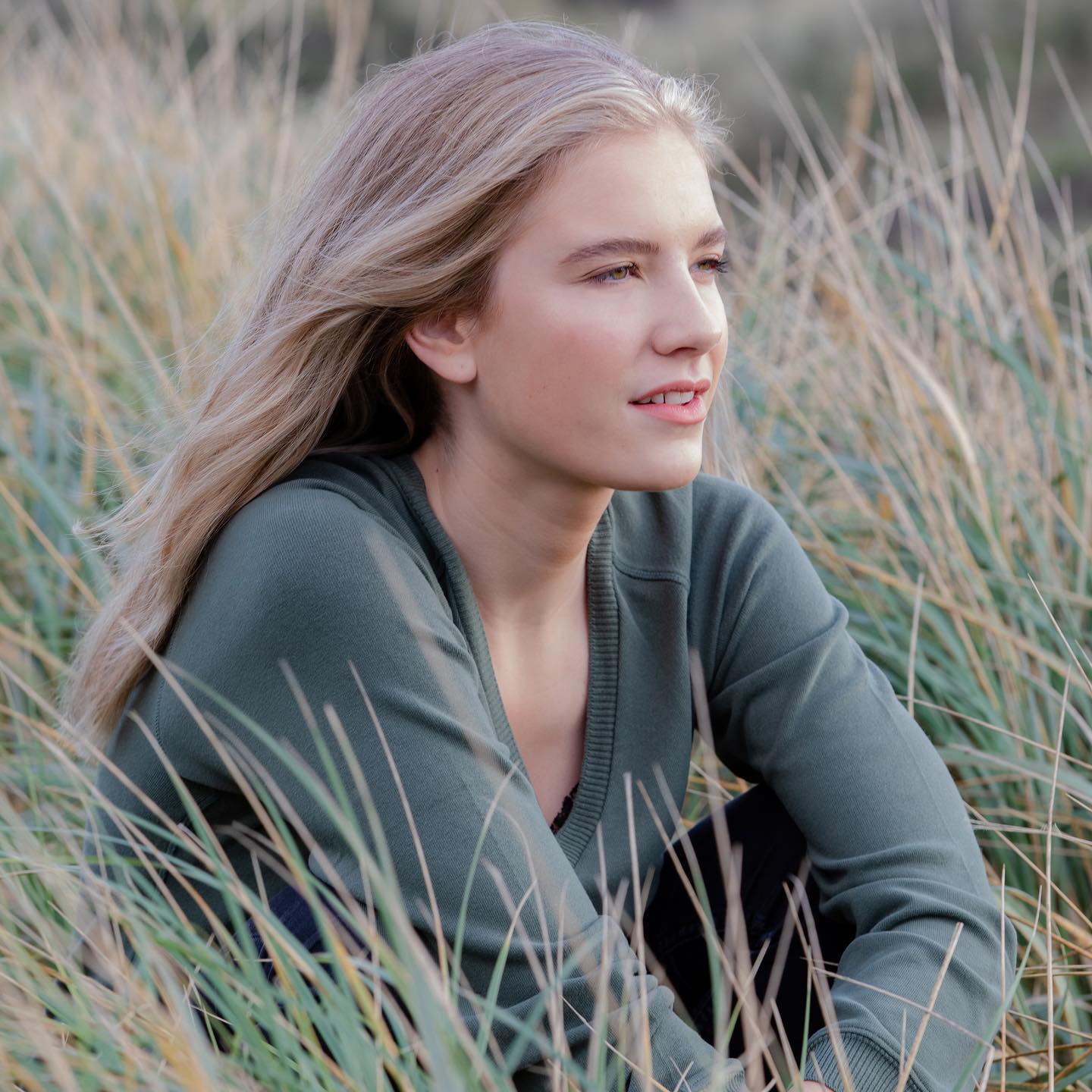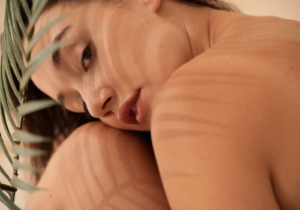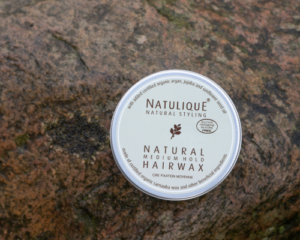Introduction to home hair bleaching
What is hair bleaching?
Hair bleaching is a chemical process that removes hair's natural pigments to obtain a lighter shade. Commonly used to prepare hair for bright colors such as platinum blond or pastel, bleaching is a crucial step for those looking to radically change their look.
Why choose home bleaching?
Savings compared to the salon
One of the main advantages of at-home bleaching is the economy. Salon rates for discoloration can be very high, especially if several sessions are required to achieve the desired level of discoloration. By carrying out the process at home, you can save considerably without sacrificing the quality of the results if you follow the proper instructions.
The convenience of doing your own bleaching
At-home bleaching gives you the freedom to comfort your own space. No need to make an appointment or spend hours in a salon. You can complete the process at your own pace, according to your own schedule, and with the products that best suit your hair.
Preparations before bleaching
Choosing the right bleach
Know your hair type
Before selecting a bleaching product, it's crucial to know what you're looking for. hair type. Fine, thick, curly or straight hair reacts differently to chemicals. Opt for products specifically formulated for your hair type to minimize damage.
Consider current hair color
Your current hair color also influences product choice. Very dark hair may require stronger products or several applications to achieve the desired blond. Be sure to choose a product capable of safely lightening your hair.
Preparing your hair for the process
Masks and pre-color treatments
Before starting the bleaching process, it is recommended to apply moisturizing masks and repair treatments a few days in advance. This will help strengthen and protect your hair from potential chemical damage.
Basic hair condition
Make sure your hair is in good condition basic status before proceeding with bleaching. If your hair is already damaged or fragile, it may be wise to postpone bleaching and continue caring for it before undertaking this demanding process.
- Use natural oils like coconut oil to nourish your hair.
- Avoid heat sources (hair dryer, straightening iron) for a few days before bleaching.
- Opt for sulfate-free shampoos and conditioners to preserve your hair's natural moisture.
Home hair bleaching process
Correct application of bleach
Mixing and application time
To achieve uniform discoloration, it's crucial to mix the discoloration product thoroughly. Follow the instructions supplied with the product for the exact proportions of bleaching powder and developer. In general, a ratio of 1:2 is recommended. Once the mixture is ready, apply it quickly to avoid uneven discoloration.
Start by applying to lengths and ends before extending to roots. Roots lighten faster due to the heat emitted by the scalp. Be sure to time the application to precisely control the application time, which is generally between 30 and 45 minutes.
Tips for even application
For even application, divide your hair into sections. Use clips to keep each section separate. Apply the product in small quantities to avoid staining and ensure even distribution. Using an applicator brush can help to apply the product precisely and evenly.
Here are a few more tips:
- Work quickly but methodically to avoid differences in shade.
- Be sure to completely saturate each strand for even discoloration.
- Use a 360° mirror or ask for help with hard-to-reach areas such as the back of the head.
How to know when to stop the fading process
Recognizing key signs
It's crucial to monitor the condition of your hair during the bleaching process. Check the progress of the bleaching process regularly to avoid damaging your hair. Look at the color and texture of your hair. If you notice that your hair is becoming too dry or brittle, it's time to stop the process.
Another key sign is the smell of the bleach. If the smell becomes too strong or gives off irritating fumes, it's best to rinse immediately. Never leave the product on longer than the time recommended on the packaging, even if the desired shade has not yet been achieved. You can always reapply or look for gentler alternatives later.
Time management during fading
For efficient time management, use a timer. This helps you follow the manufacturer's instructions to the letter. Set a reminder to check hair condition every 10 minutes. Don't panic if hair doesn't lighten as quickly as expected; patience is the key.
Once the application time has elapsed, begin the rinsing process immediately, even if the color is not exactly what you'd hoped for. It's always possible to carry out a second bleaching session or replace with coloring to achieve the desired shade while minimizing the risk of severe damage.
- Stay in a well-ventilated room to avoid chemical fumes.
- Gently touch the hair to check its texture without weakening its integrity.
- Always have a plan B for hair care in case the process doesn't go as planned.
By following these steps carefully, and paying particular attention to your hair's specific characteristics, you can achieve successful bleaching while minimizing the risk of damage. You'll be able to enjoy your new hair color with complete peace of mind.
See also: How can I get gray hair without bleaching?
After-care
Rinsing and cleaning
Abundant rinsing
Once the bleaching process is complete, it's essential to rinse your hair thoroughly to remove all product residues. Use lukewarm water to open up the hair cuticles and facilitate the evacuation of the chemicals. Continue rinsing until the water runs clear. This deep rinse is crucial to avoid the persistence of products that could continue to damage your hair.
Use of a specific shampoo
After rinsing, use a specific shampoo for bleached hair. Opt for a sulfate-free, gentle, moisturizing shampoo that will help restore the natural balance of your scalp and hair. Blue or violet shampoos are particularly recommended to neutralize any unwanted yellow or orange highlights that may appear after bleaching.
Conditioners and moisturizers
An intensely moisturizing conditioner is an essential step after bleaching. Apply generously all over your hair, paying particular attention to the ends. Leave in for a few minutes to allow the nourishing ingredients to penetrate deeply. A moisturizing hair mask can also be used once a week to provide extra care and strengthen the hair fiber.
- Choose keratin-enriched hair products to strengthen your hair.
- Avoid products containing sulfates and parabens, which can further dry out hair.
- Use cold water for the final rinse to close hair cuticles and lock in moisture.
Hydration and continuous care
Hair serums and oils
The application of serums and hair oils is essential to keep hair moisturized and shiny after bleaching. Natural oils such as coconut oil, argan oil or jojoba oil are particularly effective. Apply a few drops to lengths and ends every day to nourish and protect your hair. These oils help reduce frizz, prevent breakage and add natural shine.
Regular hair masks
To restore your hair's vitality after bleaching, we recommend using hair masks once or twice a week. Opt for masks rich in proteins, lipids and vitamins, which will strengthen hair structure, add moisture and repair damage. Leave the mask on for 20-30 minutes for optimum results.
Tips for maintaining hydration
To keep your bleached hair healthy, follow these simple tips:
- Avoid using heated tools such as straightening irons or hair dryers. If you must use them, always apply a thermal protector.
- Avoid washing your hair too frequently. Limit washing to two or three times a week to preserve your hair's natural oils.
- Drink plenty of water to maintain your internal hydration, which will be reflected in the health of your hair.
Protect bleached hair
Avoid sun exposure
Bleached hair is particularly sensitive to UV rays. To prevent the sun from drying out or further discoloring your hair, wear a hat or use UV protection spray when spending time outdoors. This will help preserve your new color and keep your hair healthy.
Delicate handling
Bleached hair is more fragile and brittle. Handle with care to avoid breakage and split ends. Use a wide-toothed comb to remove
After-care
Caring for your hair after bleaching
The importance of hydration
After bleaching, it is essential to pay particular attention to thehydration of your hair. Bleaching can severely dry out and weaken the hair fiber. To remedy this, use moisturizing masks and nourishing treatments based on natural oils such as coconut, argan or jojoba.
Hair serums and oils: ideal solutions
Hair serums and oils are indispensable allies in maintaining the health of your bleached hair. Apply a few drops of serum to lengths and ends to add shine and protect against external aggressors. Hair oils, on the other hand, are ideal for providing deep nourishment and preventing frizz.
Washing frequency and techniques
To preserve the integrity of your hair, limit yourself to washing your hair two or three times a week. Use a gentle, sulfate-free shampoo specifically formulated for color-treated or bleached hair. A final rinse with cold water helps close cuticles and retain moisture.
Protecting hair after bleaching
Prevention against external aggression
Bleached hair is more vulnerable to damage from the sun, pollution and heated tools. To protect your hair, wear a hat or use UV protection spray when going out. Limit the use of straightening irons and hair dryers, and always apply a thermal protector before use.
Using hair masks
Nutrient-rich, moisturizing hair masks are essential for restoring and maintaining the health of your hair. Opt for masks containing keratin, proteins and vitamins, and apply them once or twice a week for optimal results. Leave the mask on for 20-30 minutes for deep hydration.
Handling and styling
Handle with care
Bleached hair is fragile and brittle. Handle with care to avoid split ends and breakage. Use a wide-tooth comb to detangle your hair, and avoid brushing it when it's wet. Choose soft, non-iron elastics to tie your hair up without damaging it.
Protective hairstyles
Favor protective hairstyles such as braids, chignons or plaits, which minimize handling and protect your hair from external aggressors. Alternate these styles with rest days to allow your hair to regenerate.
FAQ
How long should I wait between fades?
We recommend waiting at least 4 to 6 weeks between bleaches to allow your hair to recover from the chemical process.
What are the natural alternatives to bleaching?
Natural alternatives such as chamomile, lemon juice or honey can gradually lighten hair, but are less effective for drastic results.
How to avoid damage caused by discoloration?
To avoid damage, follow product instructions to the letter, apply moisturizing preventive treatments and protect your hair after the process.
Why does my hair turn yellow after bleaching?
Yellow highlights often appear after bleaching due to residual melanin. Using a purple shampoo can neutralize these highlights.
Can I bleach my hair if I already have another color?
Yes, but it's best to consult a professional to assess the condition of your hair and minimize the risk of damage.





